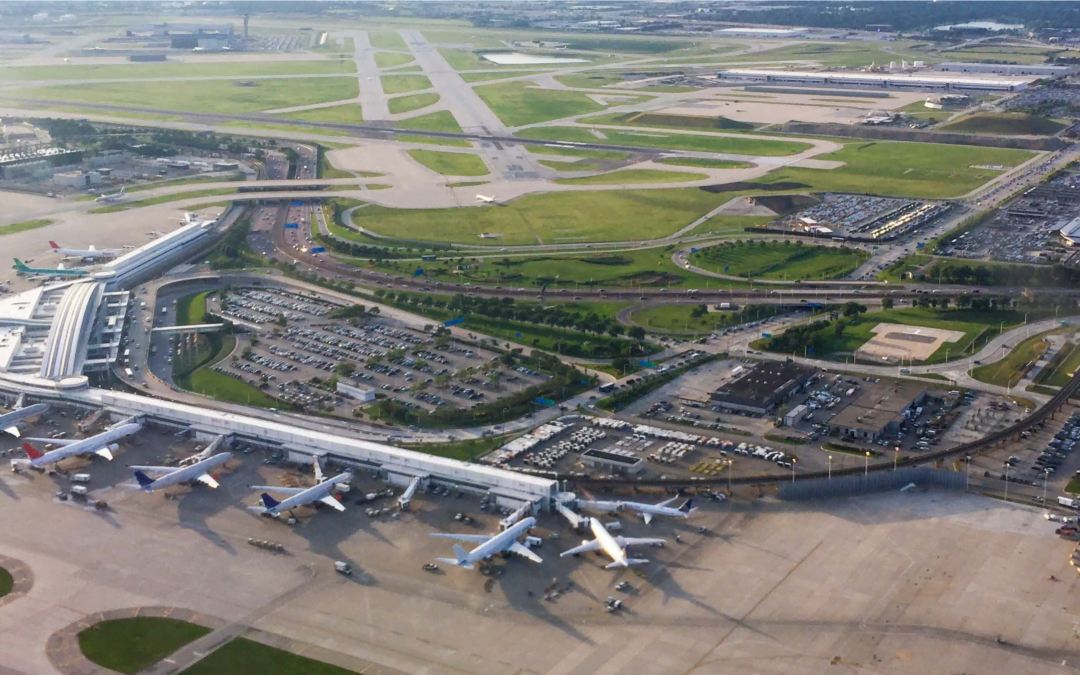U.S. airports require $151 billion over the next five years to fund necessary infrastructure projects, according to 2023 U.S. Airport Infrastructure Needs Report: Growing Needs Heighten Urgency to Modernize America’s Airports, from Airports Council International – North America.
The $151 billion number is up more than 30% from $115 billion just two years ago, reflecting the reality that most U.S. airports are still recovering financially from the aftereffects of the COVID-19 pandemic.
ACI-NA noted the total cost of these critical projects dwarfs the funding available through annual Airport Improvement Program (AIP) grants, Passenger Facility Charge (PFC) user fee collections, grant funding available through the Bipartisan Infrastructure Law, and net income generated by airports.
“Investment in U.S. airport infrastructure continues to lag behind the industry’s needs, and that gap continues to grow,” said Kevin Burke, ACI-NA president and CEO of ACI-NA. “Continued infrastructure investment and reduced regulatory burdens for America’s airports will support good-paying jobs, stimulate the economy, advance important environmental goals, and improve the passenger experience for millions of travelers. It’s time for Congress to make meaningful reforms in how it funds America’s critical airport infrastructure.”
This year’s report called for increased AIP funding, expanded AIP eligibility, and an increase to the cap on the Passenger Facilities Charge. In addition, ACI-NA called on the federal government to reduce regulatory burdens, noting that such a change would allow airports to use funds in a way that benefits them the best, which in turn benefits the communities they serve.
“AIP funding has remained stagnant for nearly two decades, and, in most instances, cannot be directed towards terminal projects, even though, as this report shows, these projects make up the vast majority of airports’ infrastructure needs,” the report said. “Similarly, the PFC has been capped for more than 20 years with no adjustments for inflation. In other words, airports’ primary funding mechanisms continue to lose purchasing power as inflation makes material, services, and labor costs increase while critical infrastructure needs continue to grow.”






